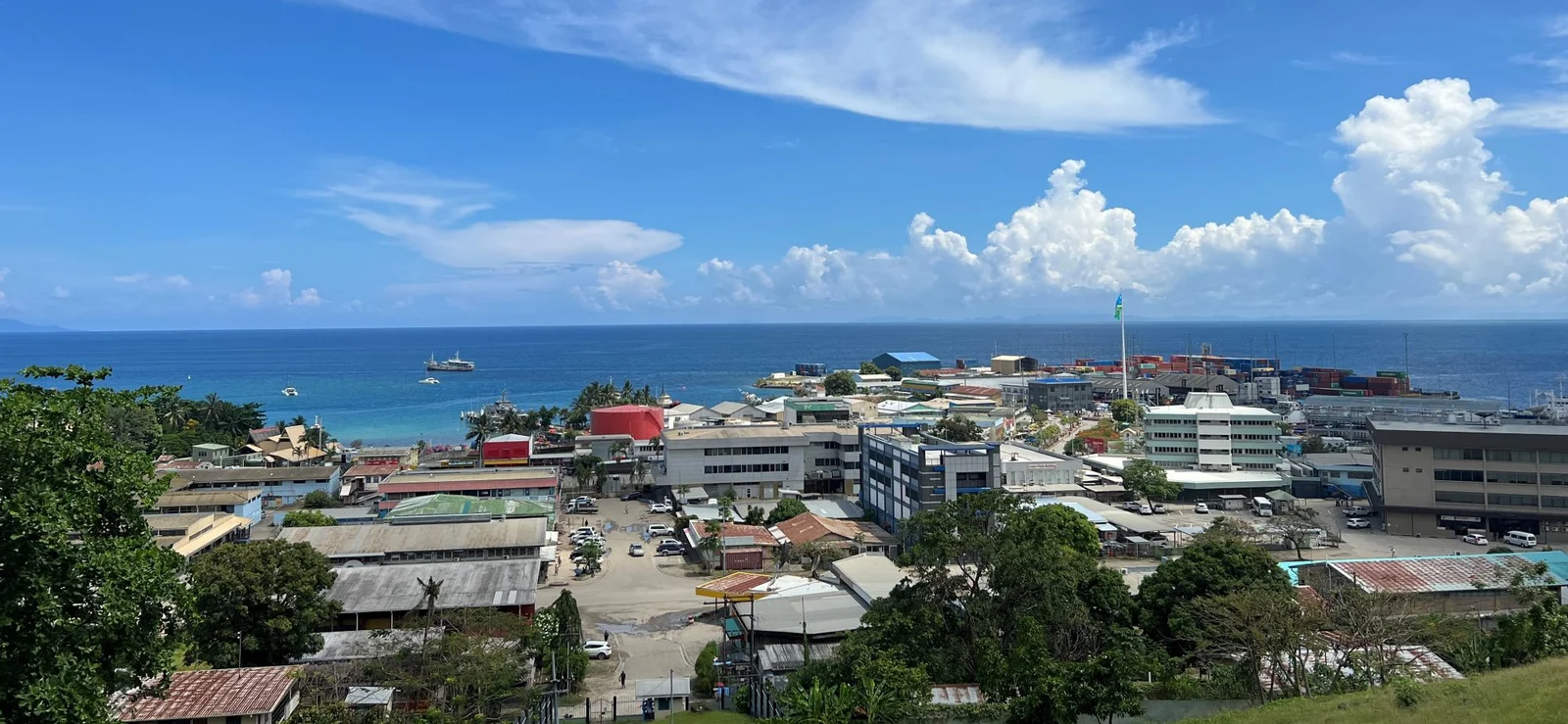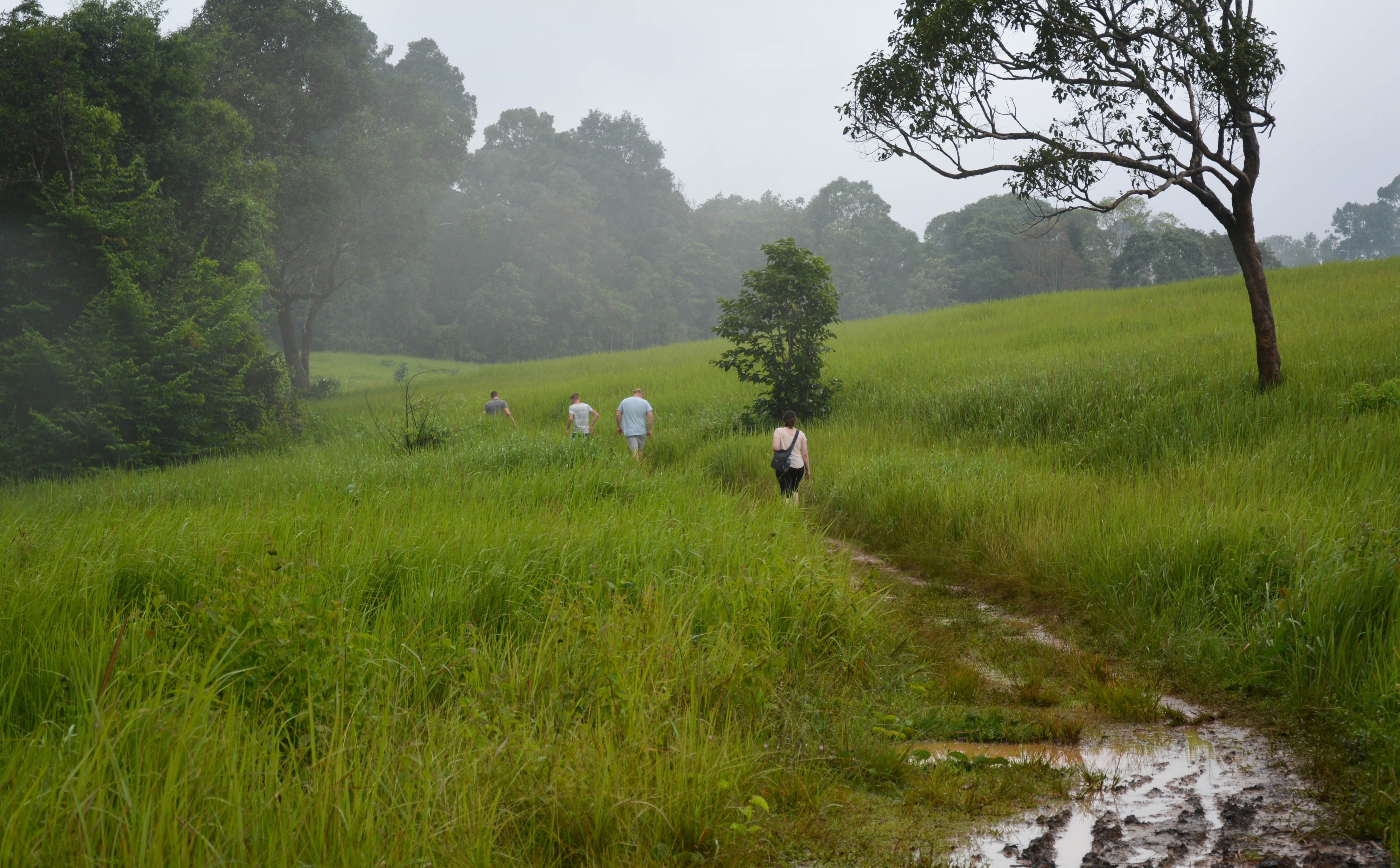
The wild elephant attacks were not the only reason for excitement in the town of Gelephu, Bhutan last week.
Gelephu, located on the Indian border with a population of around 10,000, played host to an important cross-border meeting on malaria elimination between India and Bhutan on 2nd and 3rd September. The meeting, convened by the Government of Bhutan and supported APLMA and the Global Fund, brought together key officials from the key bordering states of India that have high malaria endemicity and national and district level officials from Bhutan. The Indian delegation included programme staff from the states of Assam, Arunachal Pradesh, Tripura, Manipur, Nagaland and Meghalaya.
Bhutan has set a target of 2020 to eliminate malaria and has achieved major reductions in number of malaria cases, from 2,670 in 2004 to 54 in 2018. Of these 54 cases, only 6 were locally transmitted cases and the rest were introduced or imported cases from across the border.
The cross-border meeting focussed on sharing updates on the current malaria situation on both sides of the border, with an emphasis on operationalising strategies for information sharing, aligning vector control strategies and establishing informal coordination mechanisms for rapid, real-time notification of identified malaria cases.
The two-day meeting identified the need for an overarching formal cross-border mechanism in the form of a joint executive order from the central Ministries of Health in both countries to allow for coordination and collaboration at the field level. The federal system of government in India provides autonomy to state governments to design and develop specific activities that suit their individual needs and context. Further, the four districts in Assam that share a direct border with Bhutan (Baksa, Chirang, Kokrajhar and Udalguri) form part of the Bodoland Territorial Council (BTC) that was created in 2003 with legislative, executive and financial powers for health and family welfare. The Indian delegation flagged that a formal collaboration mechanism would need to involve the district, state and central administrations.
The group recommended identifying and connecting the focal points, through joint Whatsapp groups and telephone directories at the state and district level for information sharing and case notification. An in-depth mapping exercise between the malaria control programs that identified and mapped the villages and health facilities along the border was identified as an immediate next step. The Indian and Bhutanese counterparts also identified the need for a process for sharing line lists of identified malaria cases in the border villages and health centres via email. Finally, the need to align and synchronise vector control interventions like indoor residual spraying (IRS) and distribution of long-lasting insecticide-treated nets (LLINs) along the border areas, was a key recommendation from the meeting.
The Secretary of Health, Royal Government of Bhutan, Dr Ugyen Dophu, concluded the meeting by flagging the strong collaboration existing between the health facilities in the border towns at the local level. He said that due to the presence of an international border between the two countries, it was important to put in place formal coordination mechanisms that would ensure the sustainability of activities for malaria elimination.
.svg)









